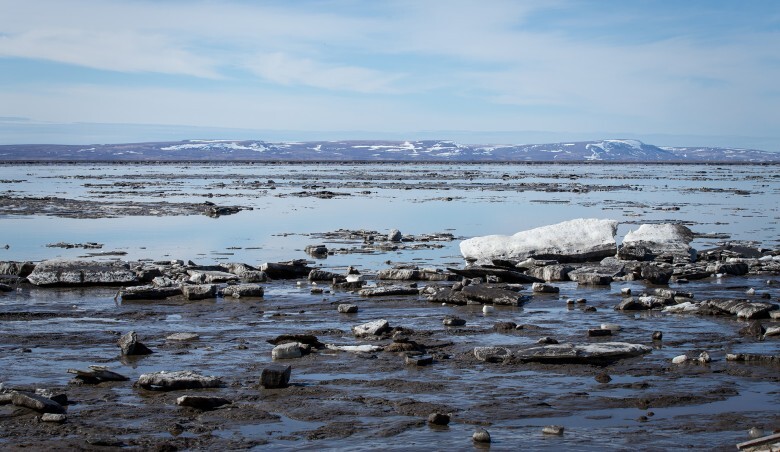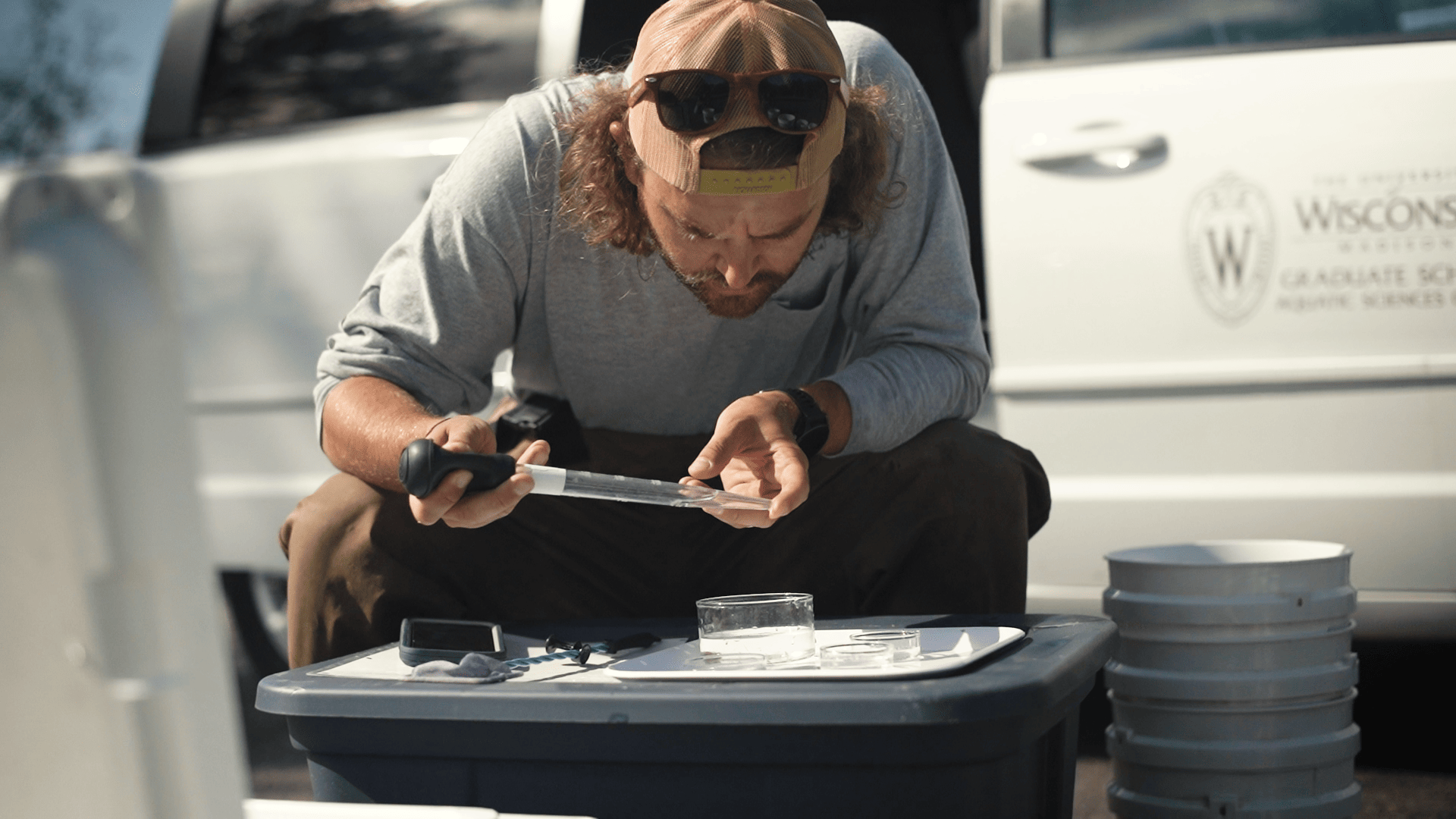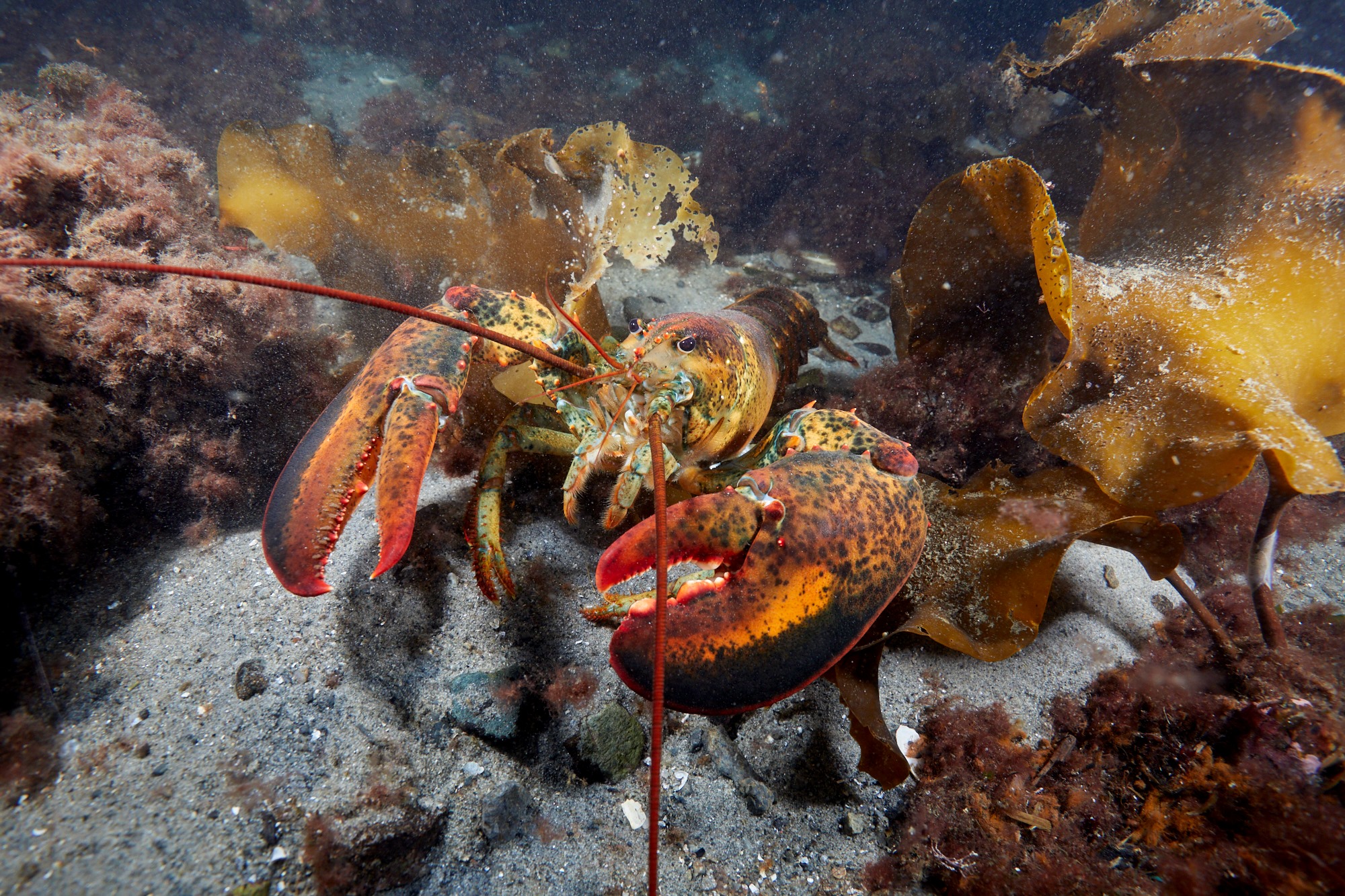By: Lu Wang,
Knauss Fellow,
Ocean Exploration Fellow,
NOAA Ocean Exploration
One of the reasons I was drawn to the Knauss Fellowship is the expansive nature of the experience. It broadens horizons, both personally and professionally, especially if you, like me, spent half a decade focused on a very specific Ph.D. topic. I came to the fellowship with zero policy experience and a research-heavy background – studying the effects of environmental perturbations on the microbes that live on seagrasses. I knew I wanted to not only gain experience working on science policy at the federal level but also dive into a completely new science topic. Cue my placement with NOAA Ocean Exploration.
To take full advantage of all this year has to offer (despite the pandemic), I adapted a mindset early on in the fellowship to try to say “yes” to every opportunity. And so when my host office asked me if I wanted to go to sea as part of my fellowship, my response could only be, “Absolutely, I do.”
NOAA Ocean Exploration is the only federal program dedicated to exploring the deep ocean, meaning waters 200 meters or deeper. The office conducts this exploration through various means – cooperative agreements, funding opportunities, and operations on NOAA Ship Okeanos Explorer, the only federal vessel dedicated to exploring the deep ocean. I was signed up for the office’s first expedition in over a year, as the pandemic had canceled the 2020 field season. This expedition would be a “shakedown cruise” for our mapping equipment, meaning, we had new technology on our ship, as well as old equipment that had not been used in over a year, and we needed to go to sea to test and calibrate them all before the rest of the field season.
There were many levels to clear prior to joining the ship. Due to the pandemic, we sheltered in place in a location by our departure port and followed safety protocols to ensure we were all healthy for the cruise. After we were cleared, my Knauss mentor and I were transported to the ship, which was already out at sea, via a small inflatable boat. This experience was akin to riding the log ride at Disneyland for 30 minutes. It was awesome.
Once Okeanos Explorer came into view, I was fully awestruck by the vessel that would be my home for the next 2.5 weeks, and fully unaware of how we would get from the small boat to the big ship. As soon as we pulled up next to the ship, crew members from above threw cables down that the crew below used to clip to the boat. Once we were secure, the entire small boat was hoisted up and out of the ocean. This was my entrance onto Okeanos Explorer.
Talk to anybody involved with the Knauss Fellowship, and most people will say that the amount of information you receive in the first few months of the fellowship is like drinking from a fire hose. Being at sea as a fellow definitely fit that description. I was not only new to ocean exploration and all of its technologies and methods but this was also my first time at sea. On the ship, there was a steep learning curve involved, particularly with nautical terms. Up to that point, I knew “port” as a type of wine, not a direction. I also spent numerous hours chatting with our very patient mapping experts, who explained to me in great detail the mechanics of multibeam mapping.
My role on Okeanos Explorer involved assisting my Knauss mentor with fisheries sonar calibration, processing mapping data, and conducting ancillary science objectives. In addition to these mission objectives, the broader goals of my being at sea were to understand how the office explores the deep sea and what our operations look like.
This experience gave me invaluable knowledge about how our data is collected and why. For example, on land, I had been working with some XBT (expendable bathythermograph) data – temperature profiles of the water column. We had lots of these temperature profile data points for every expedition, and I had no idea why there were so many until I learned that temperature data is used with salinity to calculate sound speed, which is critical for multibeam sonar mapping efforts. Once at sea, I learned that the temperature profile of the water can change in very short distances, which is why temperature profiles are measured every few hours.
I also gained an immense appreciation for the operations side of the office. It is one thing to talk about adding a new science objective to a research agenda, but it is another thing to actually do it. As a federal office, we need to consider what is a worthwhile investment and serves the public’s needs yet is also efficient and cost-effective. I learned that days at sea are expensive, and so work must be done at all times (we have 24-hour mapping operations during mapping expeditions) and in an efficient manner.
In between working, my days at sea were peppered with random activities that I felt compelled to say “yes” to in order to take full advantage of the experience. Hang out on the bridge (where NOAA Corps Officers steer the ship) in the dark of night and learn all about ships and the NOAA Corps? Yes. Wake up at 3 am to watch rocket launches from Cape Canaveral while at sea? Yes. Participate in a Mario Kart tournament? Yes. Join a small group for daily high-intensity interval training exercises on the deck? Yes. Imbibe in ship ice cream? Yes, please.
While the days at sea could feel long, whenever I looked out at the amazingly blue and beautiful ocean around me I would think about how lucky I was to be on a ship in the open ocean in the North Atlantic. That feeling of gratefulness sums up the entire experience. Given the pandemic, I feel extremely lucky that I was able to fully participate in an expedition and even meet my Knauss mentor and other colleagues in person for the first time. Regardless of my next steps post-fellowship, this at-sea experience has given me the tools and perspectives to become a better professional in both science and policy arenas.


